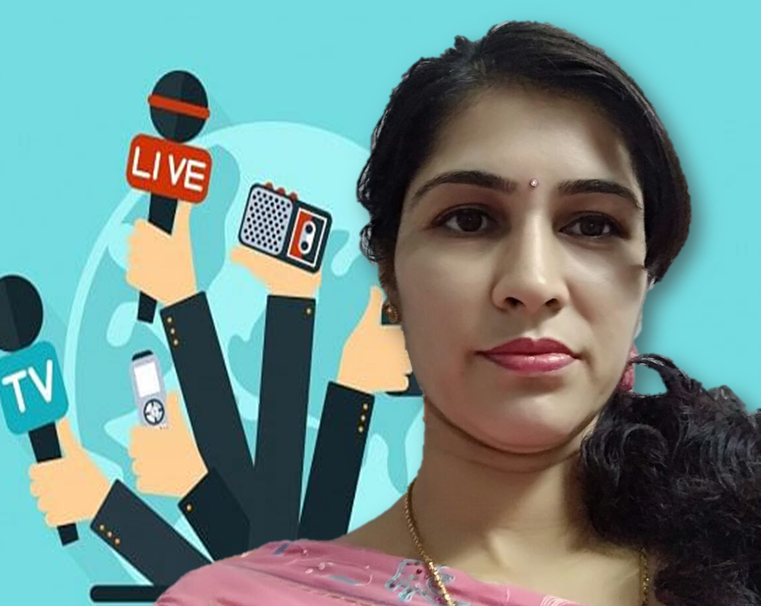This 4 credit, 15 weeks MOOCs course is being offered for Post Graduate students interested in making a career in the field of Journalism.
The pedagogy of the course is designed in such a way that the course is broadly structured in four sections: covering 40 modules.
• The first section will provide an overview of journalism. The topic is open up with the concept, meaning, and importance of print and broadcast journalism, including the role and responsibility of journalist in the society. Along with ethical aspects, basic terminology used in print and broadcast journalism for writing news will also discuss in this section.
• The second unit is all about print journalism, which will include the concept, definition, element, types, and sources of news at first. The emphasis will be given on component of news writing; different styles of news writing; and basics of reporting. Gathering information is comparatively easy for students, but they don't have skills in analyzing and writing about it, this lecture will shed light on principle and techniques of journalistic writing and teach the students how to organize and make a good story and how to write for different forms of journalistic writing, for instance, feature writing, article, opinion piece, narrative writing. As well as the difference between writing for each form will also pick up at last in the section.
• The third section of the course will delve deeper into broadcast journalism, and the topic includes characteristics of TV and radio news and their comparison with print media; different types of TV and radio formats like a talk show, interview, documentary etc; writing script, its layout, storyboard and broadcast writing techniques for TV and radio programme.
• The Final section will develop an understanding of editing. The topic includes meaning, objective, and principle of editing; function and responsibility of editor and subeditor; use of graphics, cartoon, and statistics in writing. The section will conclude with editing style and layout and brief of proofreading.
Course Objective:
• The first primary goal of the course is to offer students, a basic understanding of print & broadcast journalism and its role in the welfare of society. The learner will familiarise with the basics of good journalistic writing& ethics in journalism.
• The second objective of the course is to acquaint students with various types of news and different formats of TV and radio programme. It will demonstrate the critical thinking skills necessary to collect, evaluate, write and organize the news.
• The student will learn the process and technique of writing & editing for print journalism in-depth. The third goal is to develop the foundation skills needed to write the script in proper format & creating a storyboard for the TV and radio programme.
• It will introduce the process of selecting, editing and presenting news with the graphic for the news to the students.
Learning Outcomes:
On successful completion of this programme, students should be able to demonstrate knowledge and understanding of
• Selected concepts and methods involved in the academic discipline of print and broadcast journalism that deals with media ethics, news writing, reporting and editing, writing script for TV and radio programme and developing the storyboard.
• Students will be able to write news stories, press releases, script, and storyboard following accepted journalistic standards.
• It will help students to understand the news values and know the components of reporting and write efficiently as per the news report.
• Students are expected to deepen their appreciation for the value of a free expression in a democracy and build their knowledge of the news media industry in its many forms
• It will prepare the students for a successful career as a journalist, reporter, content writer and sub-editor with a good understanding of journalism issues globally, as well as they might work at newspapers, magazines or for TV or radio stations by combining their print and electronic journalism skills.
You are welcome to join this course to learn more about print and broadcast journalism.

DOWNLOAD APP
FOLLOW US